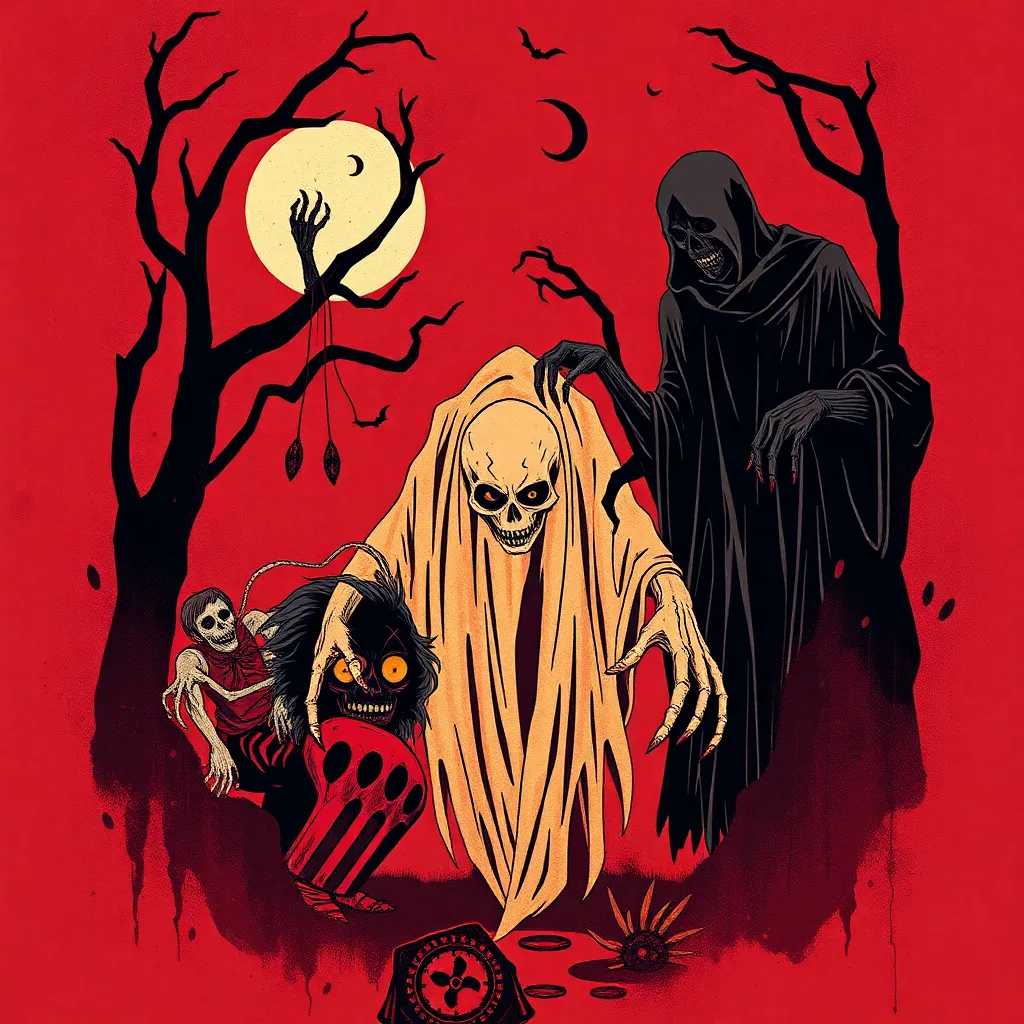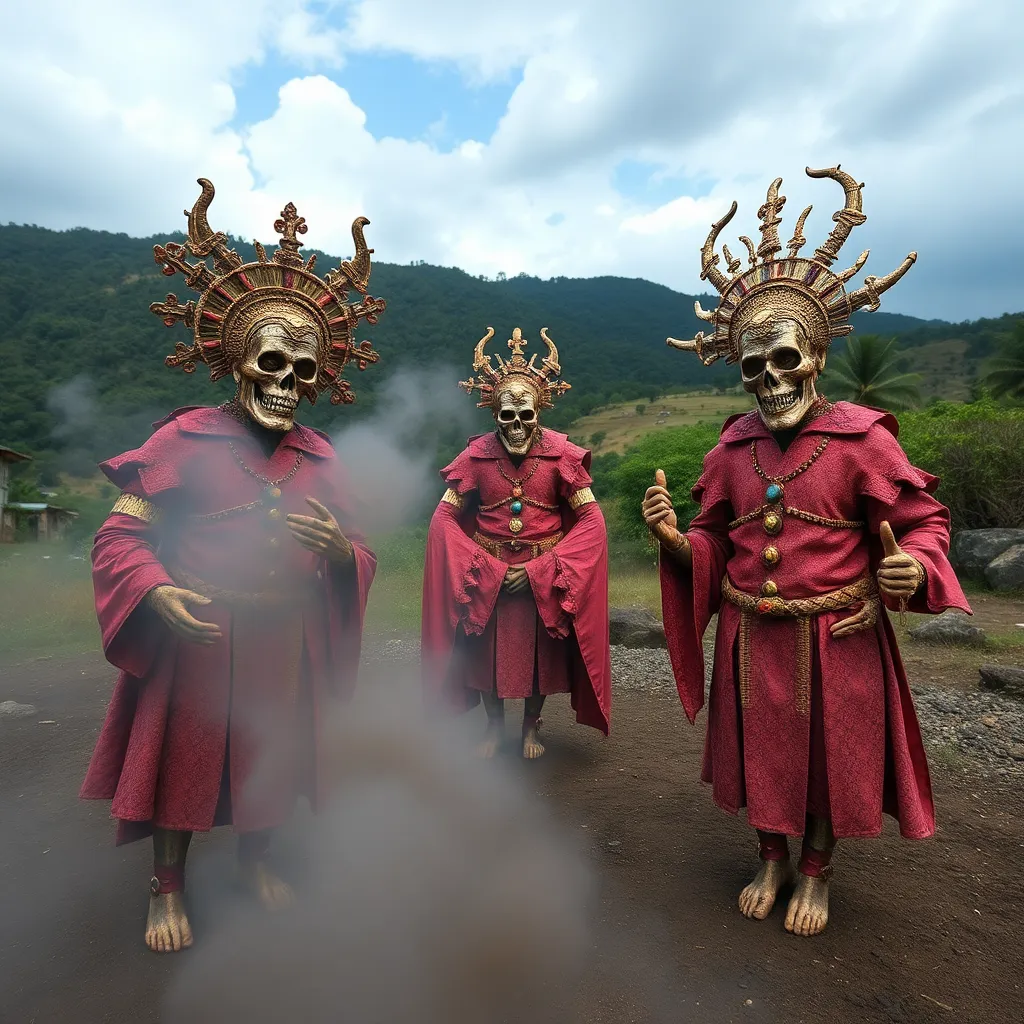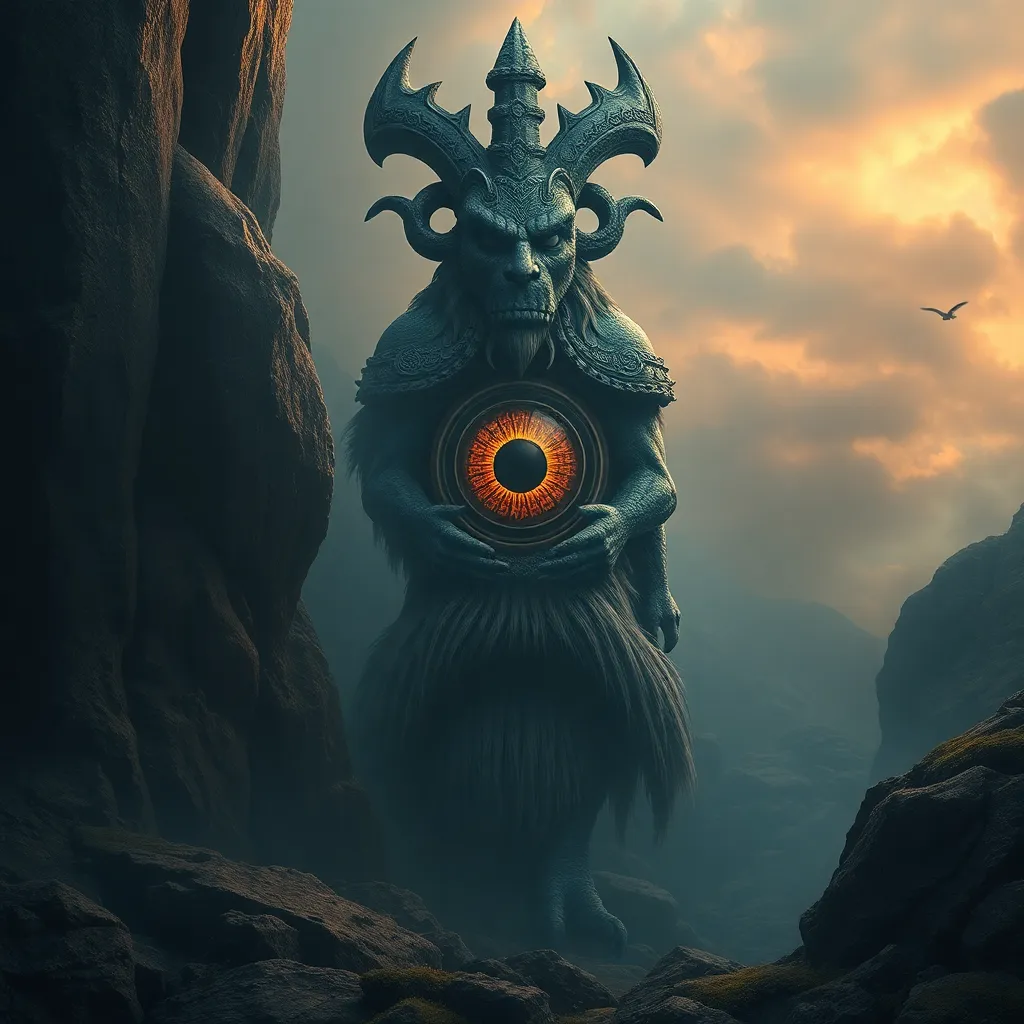The Uninvited Guests: Uncovering the Myth of the Ghoul and its Connection to Zombies
I. Introduction
The realms of horror and the supernatural are filled with many intriguing creatures, among which ghouls and zombies stand out for their distinctive characteristics and cultural significance. Ghouls, often depicted as flesh-eating monsters, have their roots in ancient folklore, while zombies, commonly associated with the undead, have evolved from spiritual beliefs into modern pop culture phenomena.
This article aims to delve into the myth of the ghoul, explore its connections to zombies, and understand the underlying themes that link these two horrifying entities. By examining their historical roots, symbolic meanings, and cultural interpretations, we will uncover the timeless relevance of ghouls and zombies in addressing human fears and societal anxieties.
II. Historical Roots of the Ghoul
The concept of the ghoul originates from Arabic folklore, where it is described as a demonic being that inhabits graveyards and consumes human flesh. The term “ghoul” itself is derived from the Arabic word “ghul,” which means “to seize” or “to seize by night.”
A. Origins in Arabic folklore
In the early tales, ghouls were depicted as shape-shifters capable of luring unsuspecting travelers into desolate places before devouring them. These creatures were often associated with the dead, symbolizing the fears of burial and the afterlife.
B. Evolution of the ghoul in literature and media
As the ghoul narrative spread across cultures, it began to take on various forms in literature and film. In the 18th and 19th centuries, writers like Edgar Allan Poe and later H.P. Lovecraft incorporated ghoulish elements into their horror stories, transforming them into more complex characters that reflected societal fears.
C. Cultural variations of ghouls across different societies
Ghouls exist in various cultures under different names and characteristics. For instance:
- In Persian mythology, they are known as “Divs” and are considered evil spirits.
- In Indian folklore, there are similar creatures known as “Preta,” which are restless spirits that haunt the living.
- In European tales, ghouls have merged with graveyard spirits and ghostly apparitions.
III. The Nature of Ghouls
Understanding the nature of ghouls involves examining their distinct characteristics and the symbolism they carry in various narratives.
A. Characteristics and behaviors of ghouls
Ghouls are typically characterized by their:
- Flesh-eating tendencies, often preying on the dead or dying.
- Ability to blend into human society, sometimes masquerading as humans.
- Association with graveyards and desolate areas, emphasizing themes of death and decay.
B. Symbolism and psychological interpretations
Ghouls symbolize the fear of death and the unknown. They represent the darker sides of humanity, where the boundaries between life and death blur. Psychologically, they can be interpreted as manifestations of our anxieties about mortality and the afterlife.
C. Ghouls in modern pop culture
In modern media, ghouls have been adapted into various forms, from video games to films. Examples include:
- The “Ghouls” in the Fallout video game series, which are mutated beings that evoke sympathy despite their monstrous nature.
- Films like Gothika, which explore the ghoul archetype in psychological horror.
IV. The Emergence of Zombies
Zombies have a rich history that traces back to Haitian Vodou, where they are believed to be reanimated corpses controlled by a sorcerer. This section will explore the origins and evolution of zombies in folklore and popular culture.
A. Historical context of zombies in Haitian Vodou
In Haitian Vodou, a “zombi” refers to a person who has been brought back from the dead by a bokor (sorcerer) and is enslaved for their will. This concept reflects the fears of colonialism and loss of autonomy.
B. Transition from folklore to popular culture
Over time, the zombie narrative evolved, particularly with George A. Romero’s film Night of the Living Dead, which popularized the modern zombie as a mindless, flesh-eating creature. This marked the transition from spiritual beings to monstrous entities.
C. Key characteristics that define modern zombies
Modern zombies share several common characteristics:
- Undead status, often depicted as reanimated corpses.
- Insatiable hunger for human flesh.
- Loss of cognitive function, leading to violent behavior.
V. Comparing Ghouls and Zombies
While ghouls and zombies share certain similarities, they also exhibit notable differences that define their unique mythologies.
A. Similarities in physical appearance and behavior
Both ghouls and zombies are depicted as decayed, grotesque figures associated with death and horror. They often exhibit predatory behaviors, seeking out human victims.
B. Differences in origins and mythologies
However, their origins diverge significantly:
- Ghouls originate from Arabic folklore, while zombies stem from Haitian Vodou.
- Ghouls are often portrayed as cunning and intelligent, whereas zombies are typically mindless.
C. Thematic connections in horror narratives
Both creatures embody themes of death, decay, and the fear of the unknown, making them powerful symbols in horror narratives. They reflect societal anxieties about mortality and the human condition.
VI. The Ghoul-Zombie Connection in Media
The intersection of ghoul and zombie mythologies has led to interesting portrayals in various media, blending the two creatures into unique narratives.
A. Analysis of films and literature featuring both creatures
Films like 28 Days Later and World War Z blur the lines between zombies and ghouls, showcasing fast-moving, intelligent undead creatures that evoke the ghoul’s cunning nature.
B. Case studies: Notable works that blend the two myths
Key examples include:
- iZombie: A television series that features a protagonist who consumes brains to experience memories, merging the ghoul’s cannibalistic traits with the zombie’s undead status.
- The Walking Dead: While primarily focusing on zombies, it explores themes of survival that resonate with ghoul mythology.
C. The impact of this connection on horror genre evolution
The blending of ghoul and zombie narratives has contributed to the evolution of the horror genre, introducing new dimensions to storytelling that explore the human condition and societal fears.
VII. Cultural Implications and Modern Interpretations
The presence of ghouls and zombies in contemporary culture reflects ongoing societal fears and issues, serving as mirrors for our anxieties.
A. The role of ghouls and zombies in societal fears
Both creatures signify deeper societal fears, such as:
- The fear of death and what lies beyond.
- Concerns over loss of autonomy and identity.
B. Reflections of contemporary issues through these myths
Modern interpretations often address current issues, including:
- Consumerism and mindless conformity (zombies).
- Isolation and societal decay (ghouls).
C.



